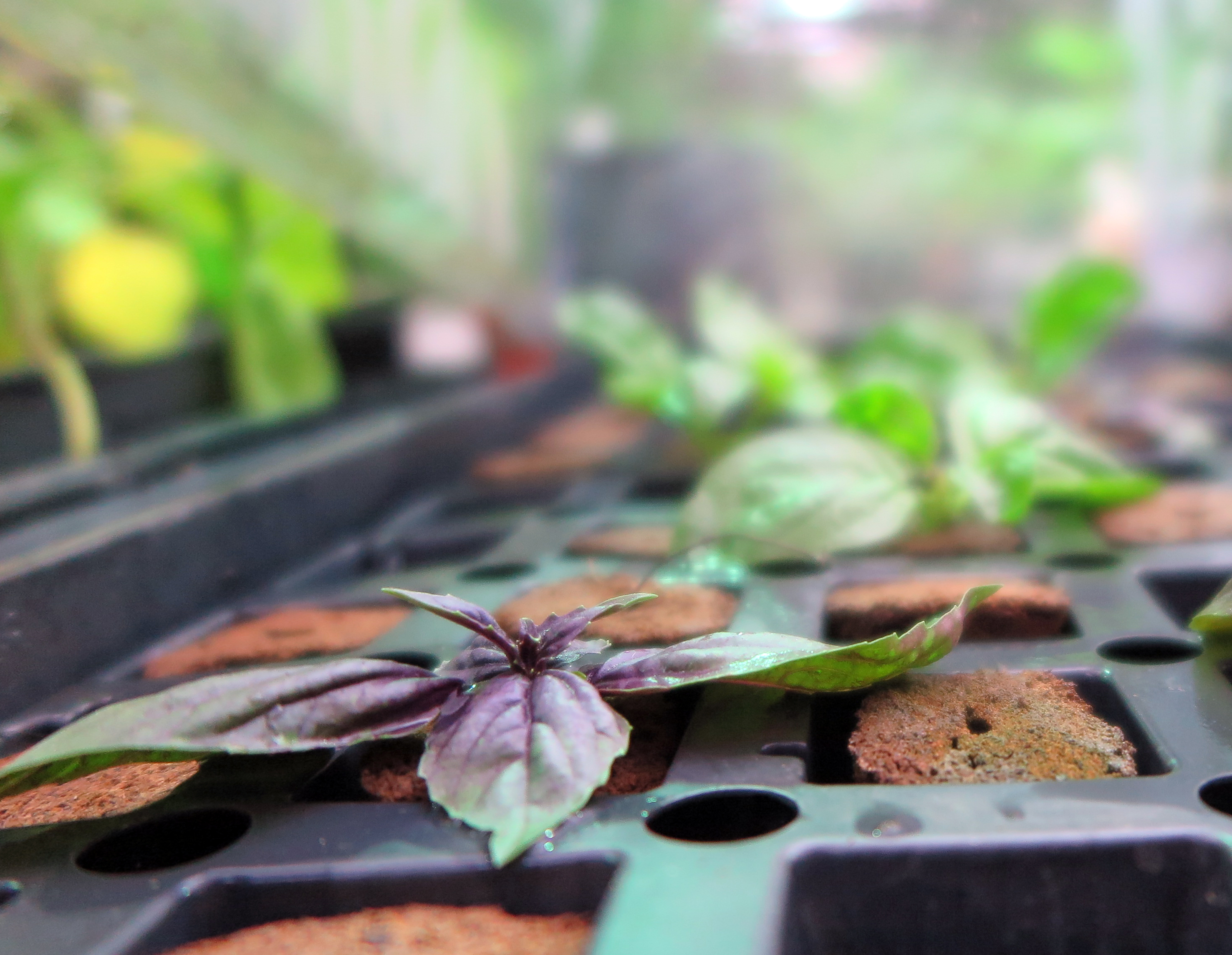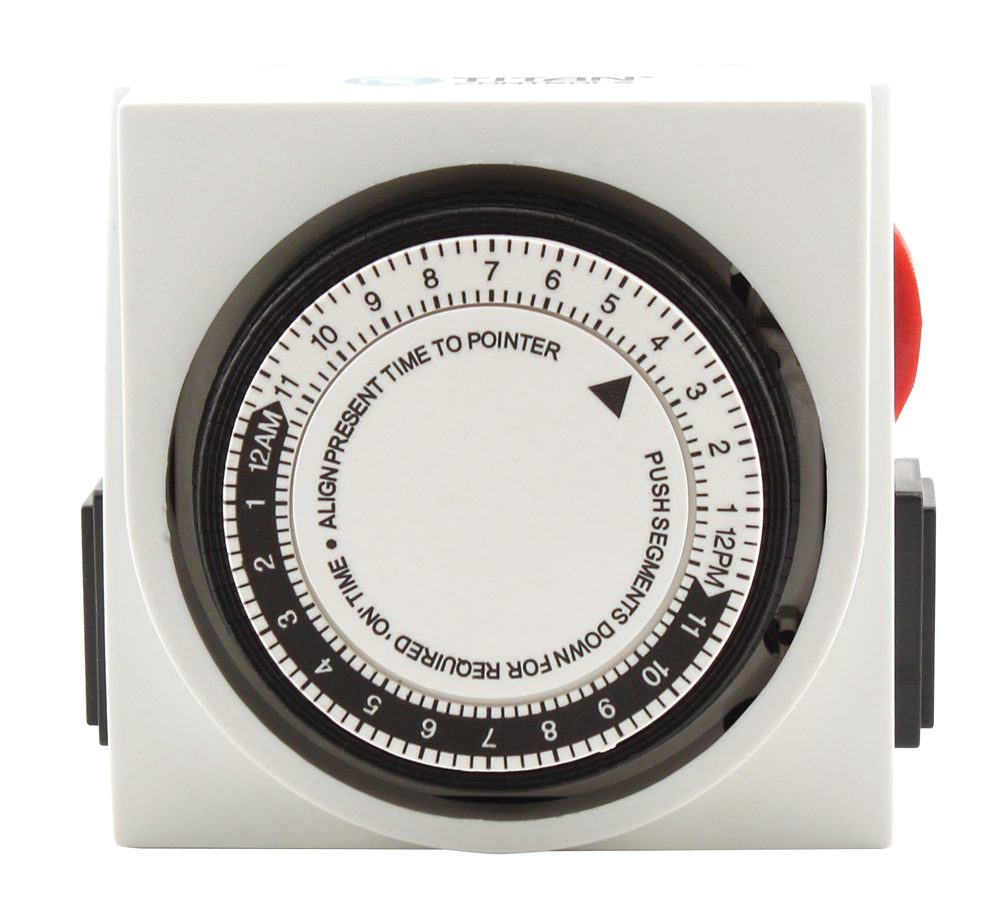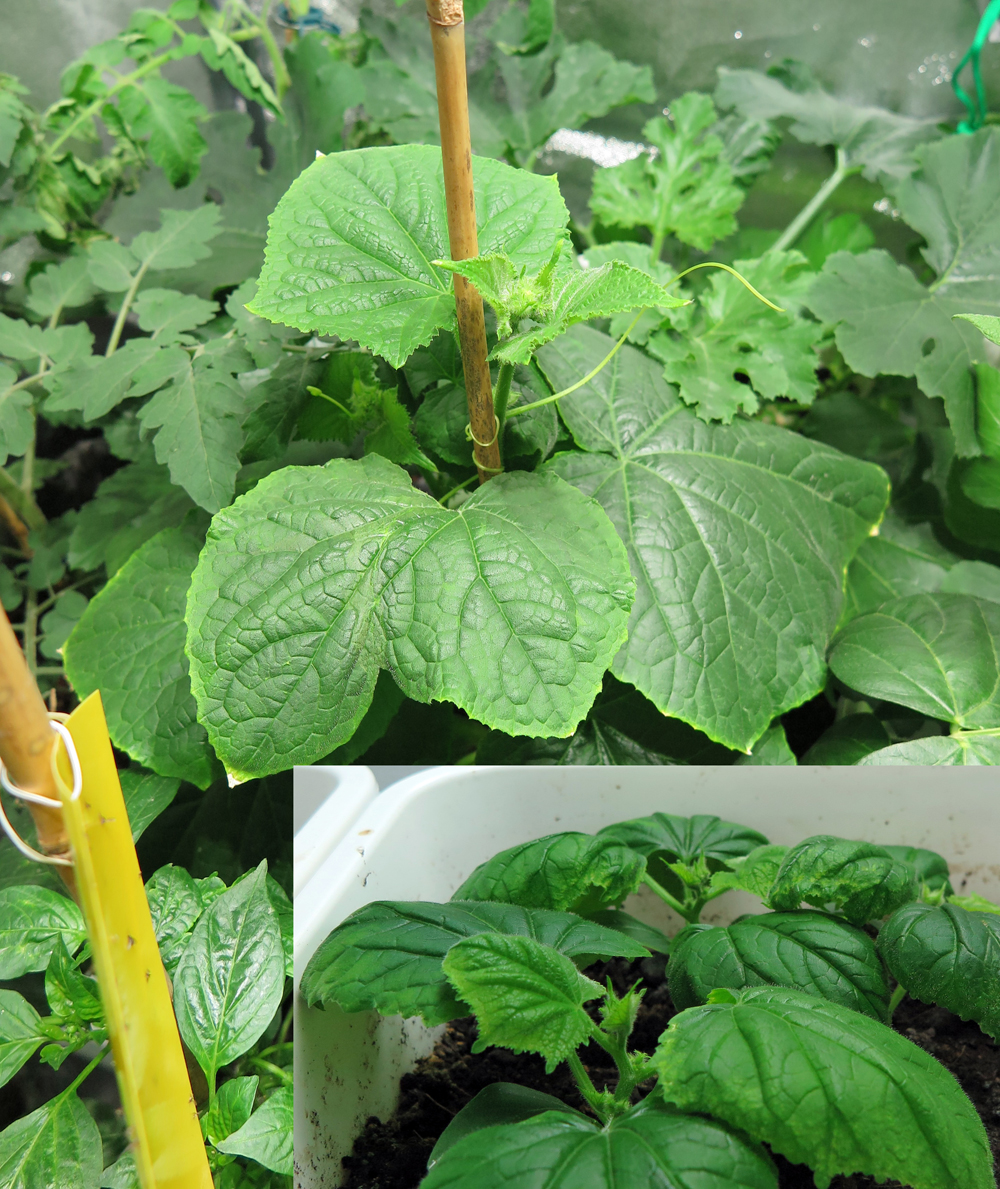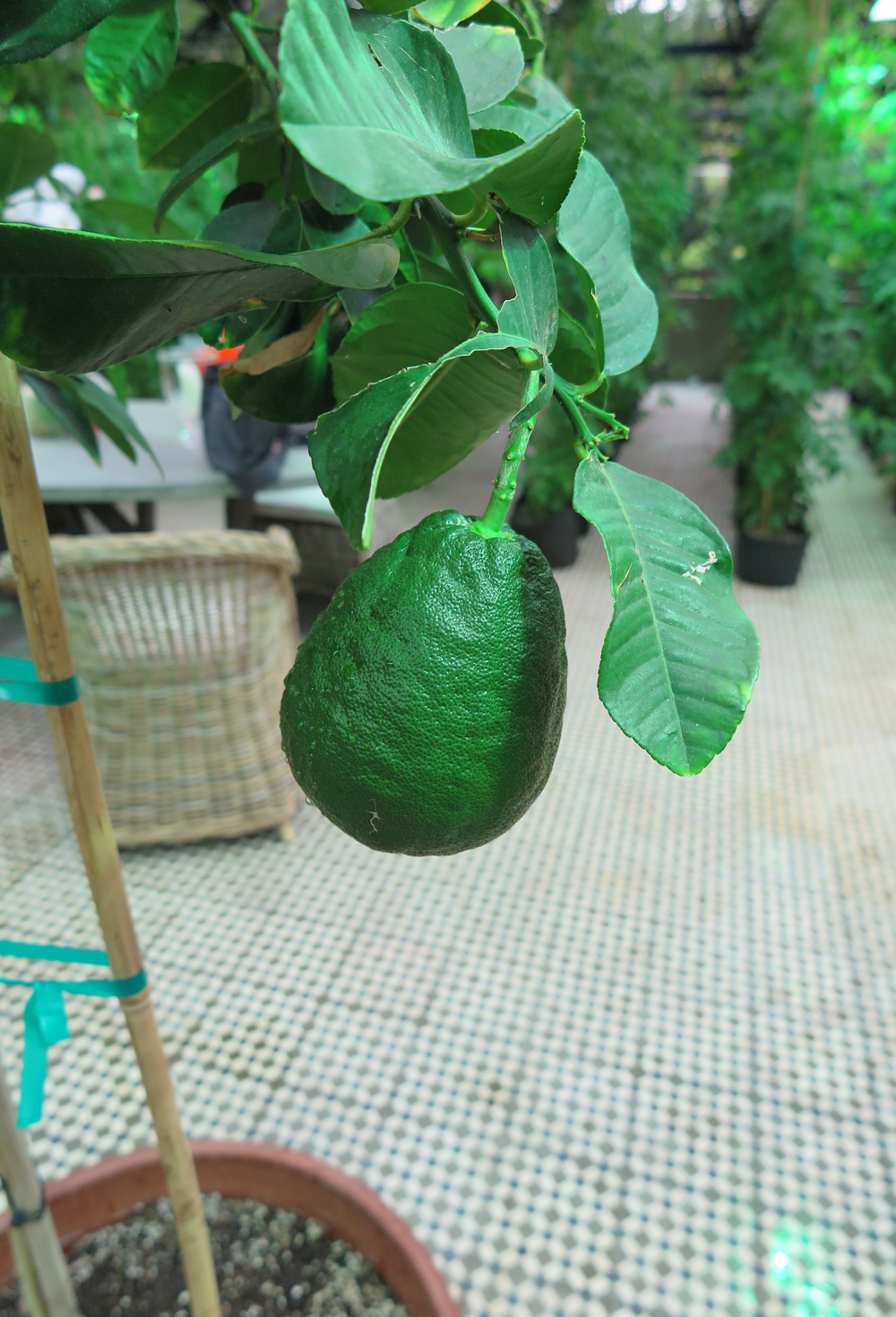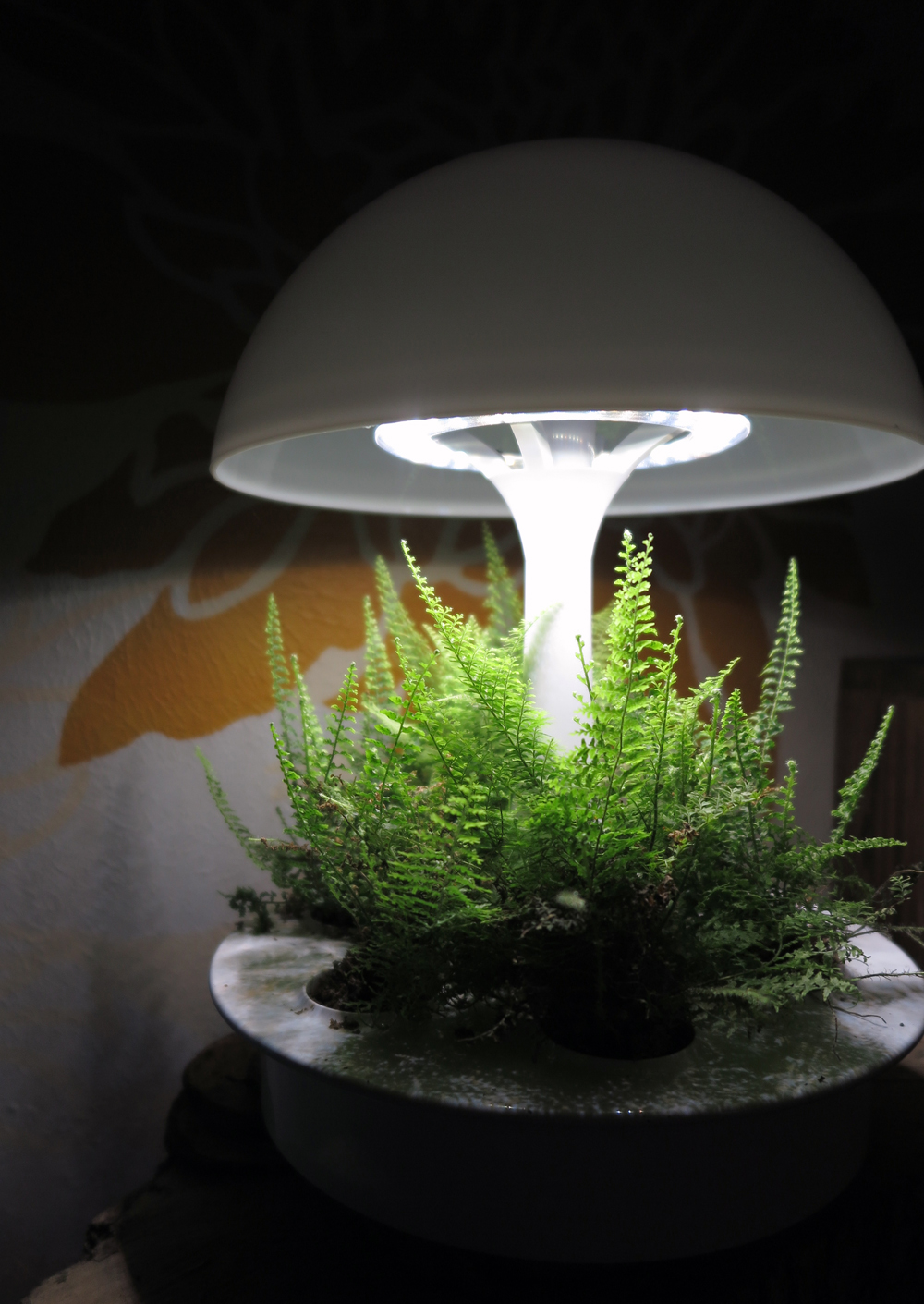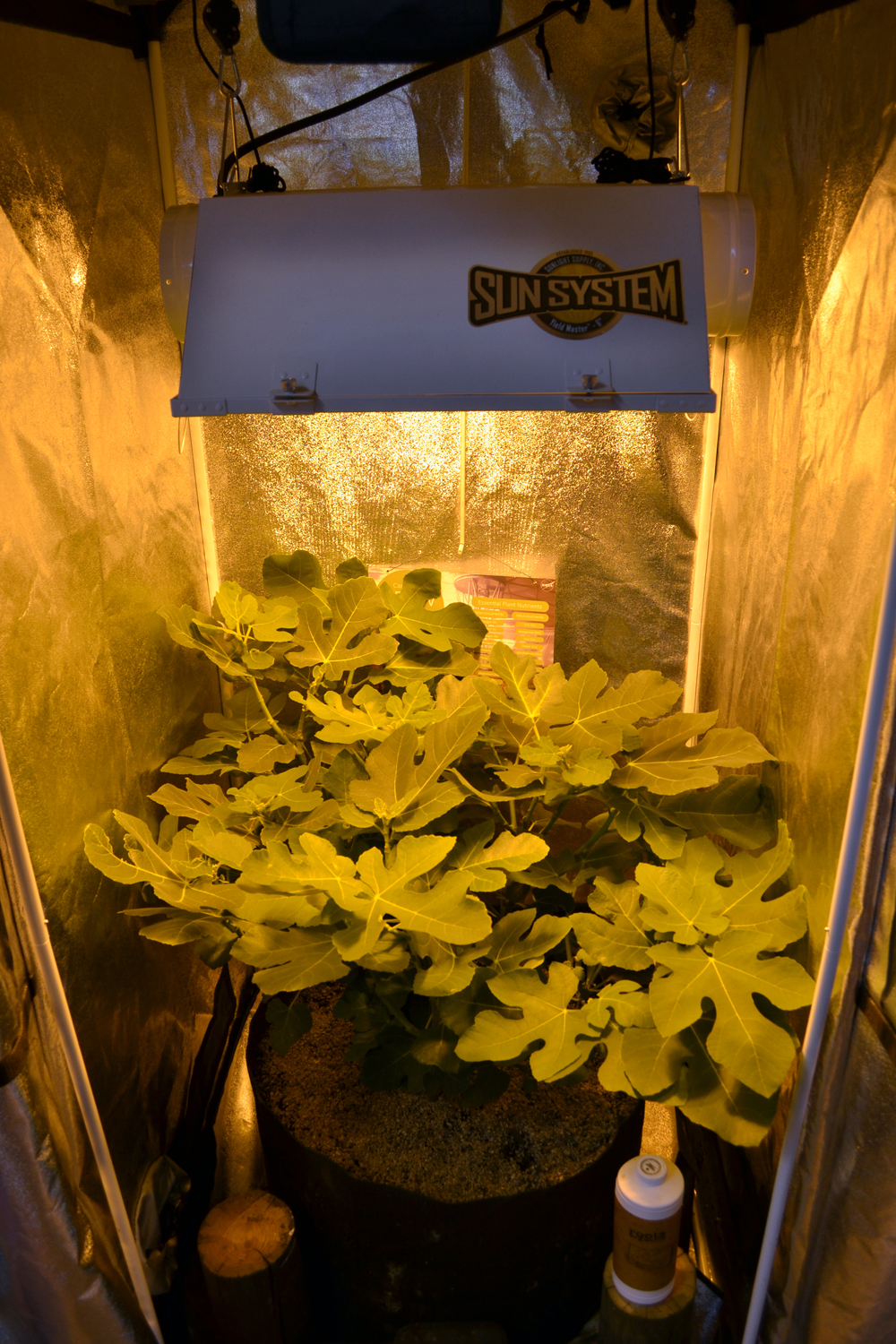If you want to harvest young lettuce leaves, or baby greens, then you don't have to grow just one type of lettuce at a time. You can mix together different types in the same container to grow them indoors. I like to mix multiple types of lettuce to create a nice 'salad bowl'. Try ‘Lollo Rossa’, ‘Oak Leaf’, ‘Black Seeded Simpson’, and ‘Buttercrunch’ for different colors and flavors.

PC: Ball Horticultural Company
Grow lettuce indoors using LEDs, HOT5 Fluorescent, or CFL grow lamps, with 12-13 hour photoperiods.
For continual leaf harvesting, snip leaves from outside the central growing point, which allows new leaves to emerge from the center. If you plan to harvest an entire head, you can grow under longer photoperiods, but be sure to harvest the plant as soon as it fills out, before it bolts.
New BOOK! Gardening Under Lights: The Complete Guide for Indoor Growers
